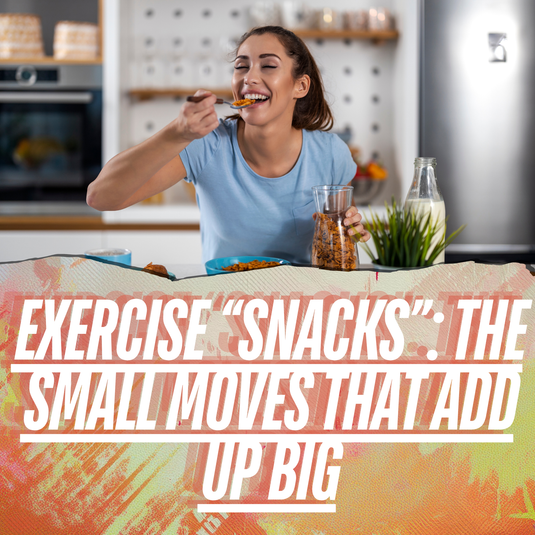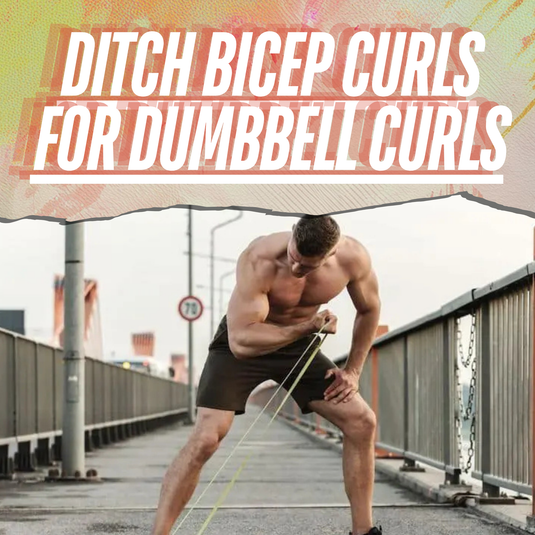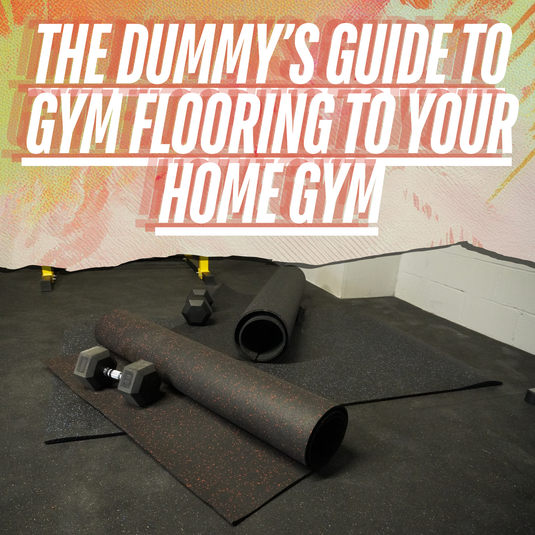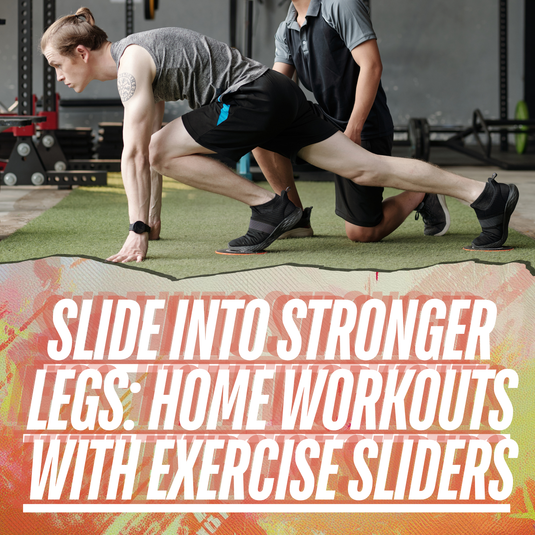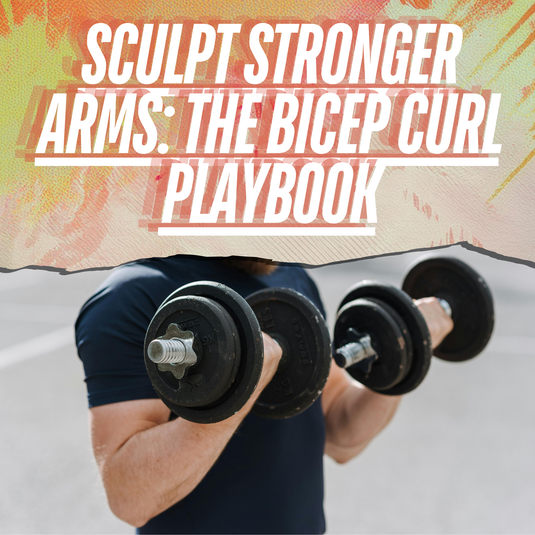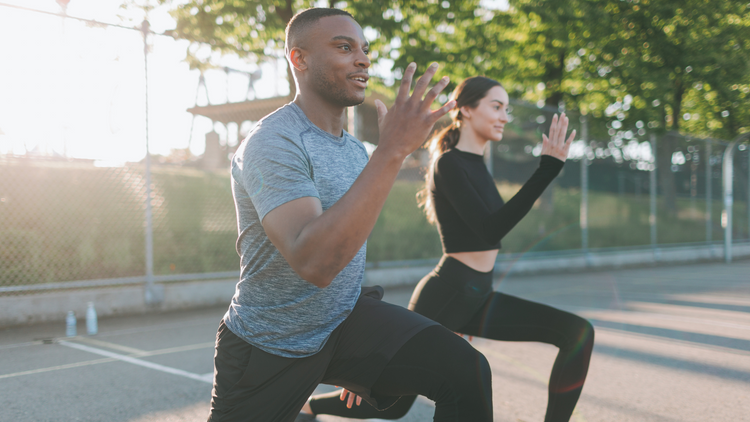Resistance Bands for Weight Loss & Fat Burning
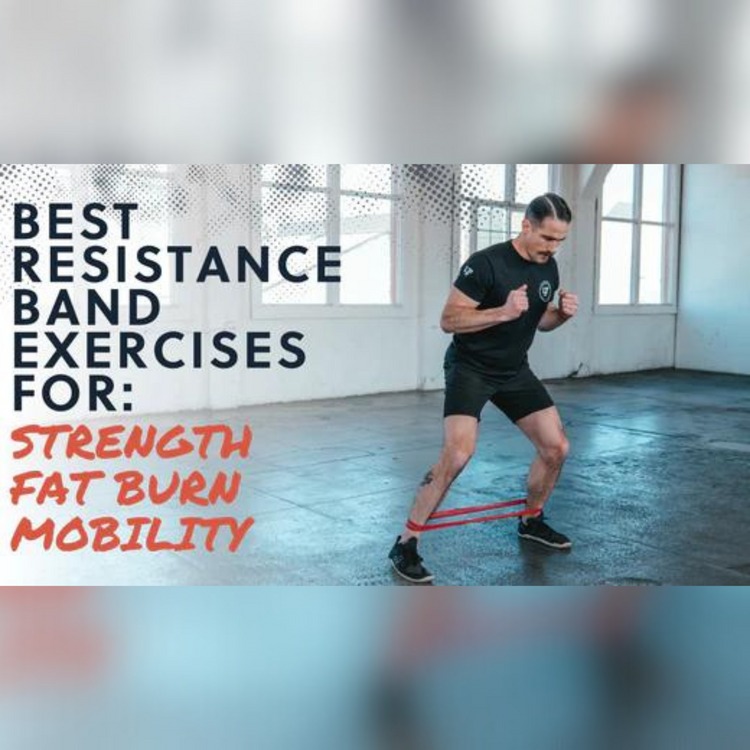
⏱️ Estimated Read Time: 6 minutes
🧠 TL;DR
- Resistance Bands for Weight Loss & Fat Burning offers effective, accessible movements for targeted results.
- This guide is designed to help you move smarter, build strength, and stay consistent.
✍️ Summary
This post explores resistance bands for weight loss & fat burning in a way that’s actionable and easy to follow. Whether you're new to this style of training or leveling up, it includes practical takeaways for your routine.
📚 Table of Contents
15 Resistance Band Exercises for Men & Women to Tone Your Entire Body, Build Muscle or Lose Weight
It is hard to name a more versatile, transportable and inexpensive piece of workout equipment than the resistance band. For approximately $10-$15 you can acquire a resistance band which you can easily transport anywhere. Even with the same resistance band, you can vary the intensity of your workout simply by adjusting how you are holding the band. You can allow for more slack in the resistance band to make a movement easier or reduce the space between the anchors on the band to make them more intense. Resistance band exercises for weight loss are particularly effective because they allow you to adjust intensity and target various muscle groups.
Do Resistance Bands Really Work?
“Resistance Bands can be used to lose body fat by increasing metabolic rates through improvements in lead body mass. Resistance Band exercises are muscle building strength as well as fat burning intensity movements'', says Aaron Guyett, CSCS, Director of Education for Living.Fit. By arming yourself with just one or two resistance bands, some knowledge about movements and an expertly created plan, you can train for any goal you want. Whether you're looking to build muscle or achieve weight loss with resistance bands, you will most likely never outgrow the need for just a couple bands if you know how to adjust the intensity of any movement.
Workout + Workout Add On
You can do a workout with just a resistance band or you can also introduce them into other workouts with dumbbells, kettlebells and barbells to make certain movements more challenging. This flexibility makes resistance band workouts for weight loss an excellent choice for those looking to enhance their fitness routine.
Types of Resistance Bands
If you were to search ‘resistance bands’ in a search engine, all manner of results will pop up. There are several types of bands that create resistance. The demonstrations below contain resistance bands or what some people like to use as ‘pull up assistance bands’. Here are a few different types of resistance bands:
- Resistance Bands or Pull Up Resistance Bands: The advantage of bands like these are that they are a bit larger in length. Why is that important? You can make a long band shorter, but not a short band longer. That means you can adjust how you hold resistance bands like these to increase the level of resistance, they also allow for greater range of motion. If you need to create more resistance you can simply loop them around more than once. Bands like these are also used as pull up assistance bands by looping them over a pull up bar and through themselves, then placing your feet at the bottom. The resistance actually helps you perform pull ups. These types of bands are also used with barbells, dumbbells or kettlebells to make a particular weight load more challenging. You can wrap them around either of these, then perform a traditional movement with the same weight to make it more challenging like barbell deadlifts, kettlebells swings and more.
- Mini Bands: Resistance Bands like these are ideal for movements you are doing with legs. They are smaller in length so you do not have to loop them around multiple times. These are commonly used for movements like leg extensions, lateral steps and some shoulder movements.
- Loop Bands: In a lot of ways these are similar to Mini Bands and traditionally used for movements to build legs and glutes. Sometimes these have been used in yoga workouts as well.
Can I work out with resistance bands everyday?
Like any workout plan, you should take rest days. No experienced trainer would recommend that you do any workout every single day. You will quickly burn out which will have the negative effect of actually not reaching your goals because you won’t have the energy or strength you need when it is time to workout. However, you can workout with resistance bands almost every day. “You should follow an expertly crafted workout plan by an experienced professional”, says Guyett, “This reduces the risk of over training, under training and makes it more likely you will reach your particular goal whether that is building muscle, losing fat or both.
Helpful Resources:
- Free Daily workouts with resistance bands here
- Fitness Equipment like resistance bands here
Can you get ripped from resistance bands?
Man cannot live on resistance bands alone. Yes, resistance bands will contribute to you getting ripped. However, there are a number of other variables that go into being ripped. Make sure you are fueling your body with the correct nutrition or you simply will not get there. As far as the workout portion goes, if your goal is to get ripped from resistance bands you should follow workouts with that specific goal which usually involve high repetition of movement and relatively low rest times between movements. Some type of cadence with 10-15 repetitions of a movement in a set with 20-30 rests between movements is ideal for working towards this goal. Additionally, incorporating resistance band exercises for weight loss can help in achieving a leaner physique.
Which Specific Muscle Groups are targeted with Resistance Bands?
Want more guidance? Check out our Weekly Dumbbell Workout #1.
📝 FAQs
How often should I do these exercises? +
2–3 times per week is a good starting point for most people.
Do I need equipment? +
Many of these can be done with just your bodyweight or a single kettlebell or dumbbell.
Can beginners do these routines? +
Yes! These movements are designed to scale with your fitness level.


